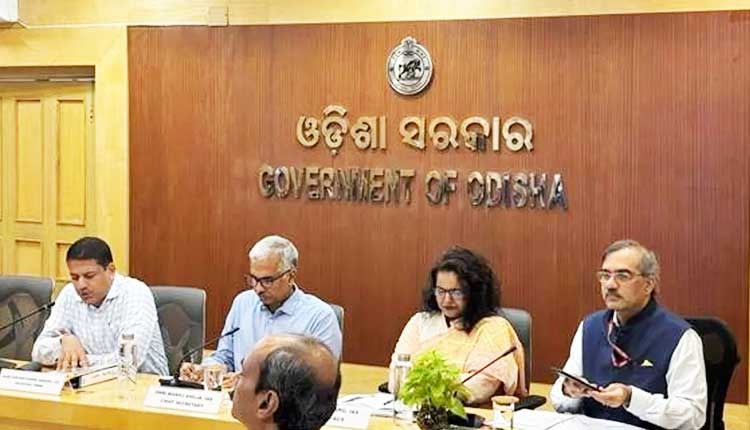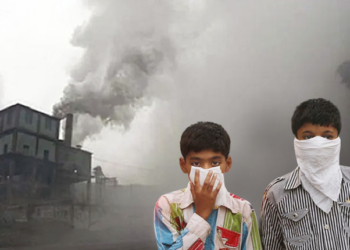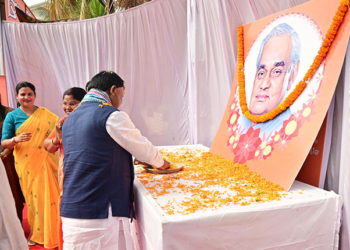Bhubaneswar: In a key step toward advancing India’s clean energy agenda, Santosh Sarangi, Secretary of the Union Ministry of New and Renewable Energy (MNRE), held a high-level meeting with Odisha Chief Secretary Manoj Ahuja and senior officials in Bhubaneswar today. The discussions centred on the National Green Hydrogen Mission and the ‘PM Suryaghar: Muft Bijli Yojana’, two flagship schemes of the Government of India.
During the meeting, Chief Secretary Ahuja emphasised Odisha’s strategic readiness to lead in the green hydrogen sector, citing its abundant water resources, strong renewable energy integration potential, proactive industrial policies, and a strategic coastal location. These factors, he noted, place Odisha in a unique position to become a global exporter of green hydrogen and its derivatives, including green ammonia and green methanol.
MNRE Secretary Sarangi echoed this view, adding that private sector interest is high in Odisha’s potential for producing green hydrogen-based fuels. Ports such as Paradip and Gopalpur were identified as key enablers for scaling up green hydrogen exports. Special focus was placed on the Gopalpur SEZ, where several developers are exploring investment in large-scale hydrogen and ammonia production projects.
The meeting was attended by representatives from central ministries, state departments, and leading green hydrogen developers, with a focus on resolving infrastructure and regulatory challenges to enable faster deployment and investment.
In parallel, progress under the ‘PM Suryaghar: Muft Bijli Yojana’ — a nationwide rooftop solar initiative — was also reviewed. The MNRE Secretary and Odisha Chief Secretary discussed ways to accelerate rooftop solar adoption across the state, particularly for low-income households.
District Collectors have been instructed to speed up the implementation of rooftop solar installations, while Ahuja stressed the need for regular SLBC meetings, vendor and bank engagement, and swift loan approvals and disbursements. He also called for adopting a Utility-Led Aggregation (ULA) model, especially for residential capacities below 1 kilowatt.
Odisha reaffirmed its commitment to becoming a preferred investment destination for green energy initiatives and to playing a pivotal role in strengthening India’s clean energy ecosystem.
















